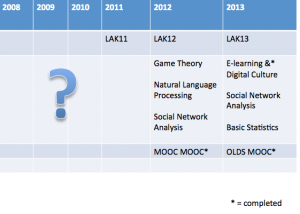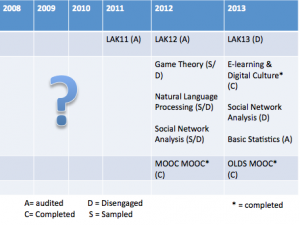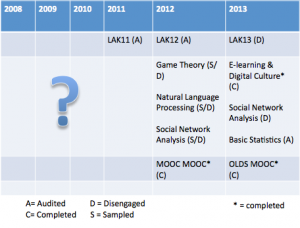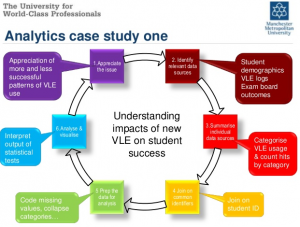Over the past year Cetis has been spending quite a bit of time exploring the context and potential of analytics within the education sector. The Cetis analytics series is our on-going contribution to the debate. As part of our investigations we undertook a survey of UK institutions to try and get a baseline of where institutions are “at” in terms of analytics (see this post for more information ).
One of the issues around analytics at the moment is ownership and responsibility. Just who in your institution is responsible for learning analytics for example – someone in your VLE/Learning technology team, the stats team, someone in IS? We’re not sure either so we did try to hit as many areas and mailing lists as possible to get feedback. Unfortunately we didn’t get a huge response so we can’t draw anything conclusive from it apart from the fact that there is something happening, but it’s not quite clear what or where. However the data is providing a valuable starting point/ potential baseline which Adam Cooper has written up. Adam’s post gives more information including links to his report and the actual data.
What does seem to be clear is that despite the hype of big data, at the institutional level small data is indeed beautiful and useful. Last week at ALT-C 2013, Stephen Powell led a workshop around this theme. During the session we used the case studies from Cetis Analytics Series and the results of the survey to stimulate discussion around data and analytics in education. There is undoubtedly still lots of interest in analytics (particularly learning analytics) within the learning technology community as our very busy session demonstrated, however the discussion highlighted key concerns including:
- An overall uncertainty about what might emerge
- Are small scale initiatives more achievable than large scale institutional ones?
- Ethics – including concerns about to what purposes analytics might be put – in the hand of managers who may use it in an unknowing way
- Where is the data? who can access it? and what can they do with it?
You can also access the slides from the workshop via slideshare.





